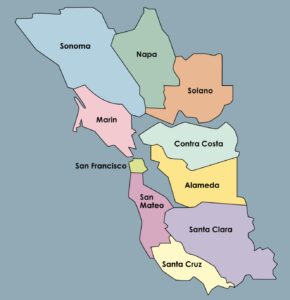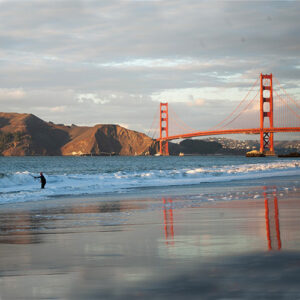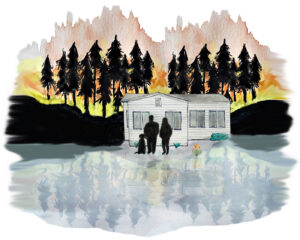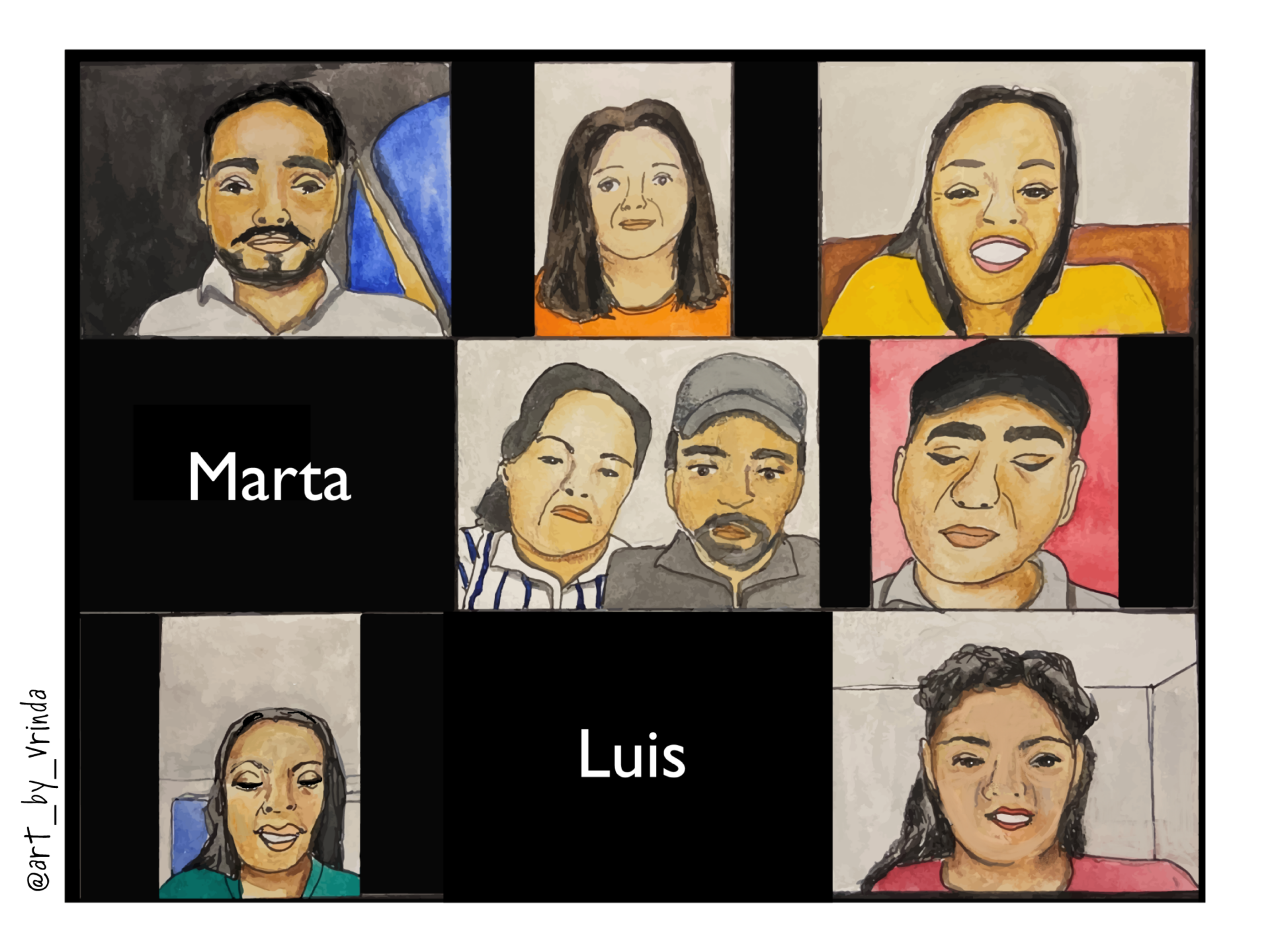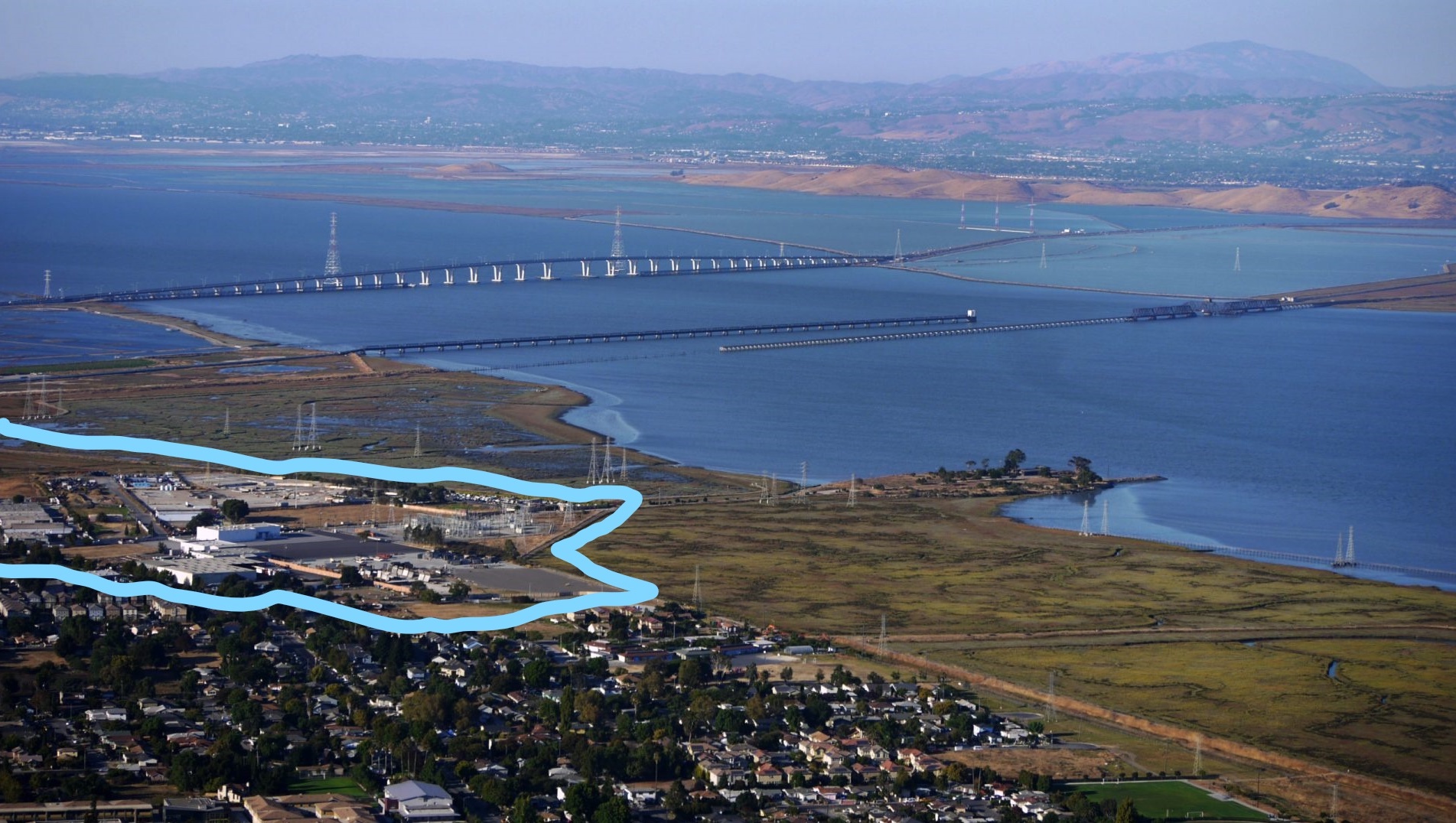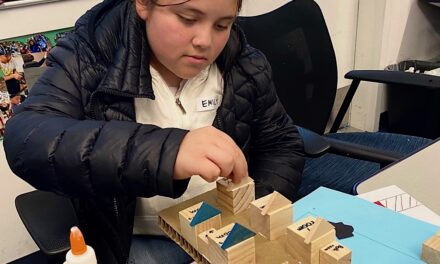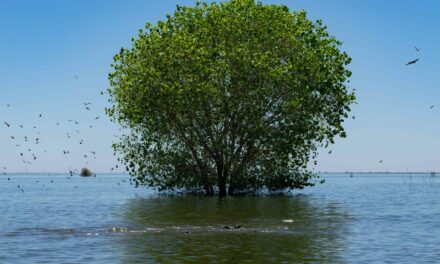East Palo Alto Shows Up to Speak Up
East Palo Alto faces a quintessentially Bay Arean constellation of challenges: escalating housing prices and declining affordability; gentrification associated with the displacement of longtime residents by well-paid tech workers; and a rising bay encroaching upon the densely populated, low-lying city near the foot of the Dumbarton Bridge.
Throw in a proposed new mixed-use development abutting vital marshlands already vulnerable to flooding and the stakes get even higher, says Roxana Franco, programs manager for Nuestra Casa de East Palo Alto. That’s why the nearly 20-year-old nonprofit is now working closely with current and longtime residents, many of them lower-income people of color, to give local context to climate change and sea-level rise, disaster preparedness, and — perhaps most importantly — civic engagement.
Through a 12-week program called the Environmental Justice Parent Academy, Nuestra Casa (“Our House”) is leading in-depth discussions about these and related issues among cohorts of African American, Pacific Islander, Latinx, and youth residents of East Palo Alto. All 85 participants, 75 of whom are parents, receive a stipend for their time and are encouraged to continue their work outside of the group.
“We have facilitators that reflect the community, and they’re also community elders here in East Palo Alto,” Franco says. “We try to make it about building communities and empowering our participants to sit at city council meetings and speak up … We encourage them to show up to these meetings, and they feel more comfortable to be involved or at least show up.”
Four major development projects have been proposed for the end of Bay Road, just south of the Dumbarton Bridge and hugging the edge of the marshes close to sea level.
Other Recent Posts
Martinez Residents Want More Than Apologies — They Want Protection
After a 2022 release of toxic dust and a February 2025 fire, people in the northeast Bay town are tired of waiting for safety improvements.
Weaving Fire Protection Out Of What’s Already There
A new Greenbelt Alliance report shows how existing vineyards, grasslands, and managed forests can slow wildfire and save vulnerable homes.
Fall Plantings Build Pollinator Habitats in Concord
Community groups, climate advocates and a church are coming together to plant pollinator gardens as monarchs, bees see population declines.
Newark Needs Housing, But Could Shoreline Serve A Higher Purpose?
The Bay Area needs more affordable housing, but would 196-homes or a buffer against sea level serve local needs better in the years ahead?
Learning the Art of Burning to Prevent Wildfire
In Santa Rosa’s Pepperwood Preserve, volunteers are learning how controlled fires can clear out natural wildfire fuel before it can spark.
Who Will Inherit the Estuary? Training for a Rough Future
The six-month program teaches students aged 17 -24 about the challenges facing communities around the SF Estuary, from Stockton to East Palo Alto.
Split Verdict Over State of the Estuary
Habitat restoration and pollution regulations are holding the Bay steady, but the Delta is losing some of its ecological diversity, says SF Estuary Partnership scorecard.
Volunteers Catch and Release Tiny Owls For Science
In Santa Rosa, citizen scientists capture northern saw-whet owls to help further research on climate impacts to the bird.
Antioch Desalination Plant Could Boost Local Water Supply
The $120 million plant opened this fall and treats 8 million gallons of brackish water a day, 75% of which is drinkable.
How Cities Can Make AI Infrastructure Green
Data centers fueling AI can suck up massive amounts of energy, water and land, but local policies can mitigate the impact.

